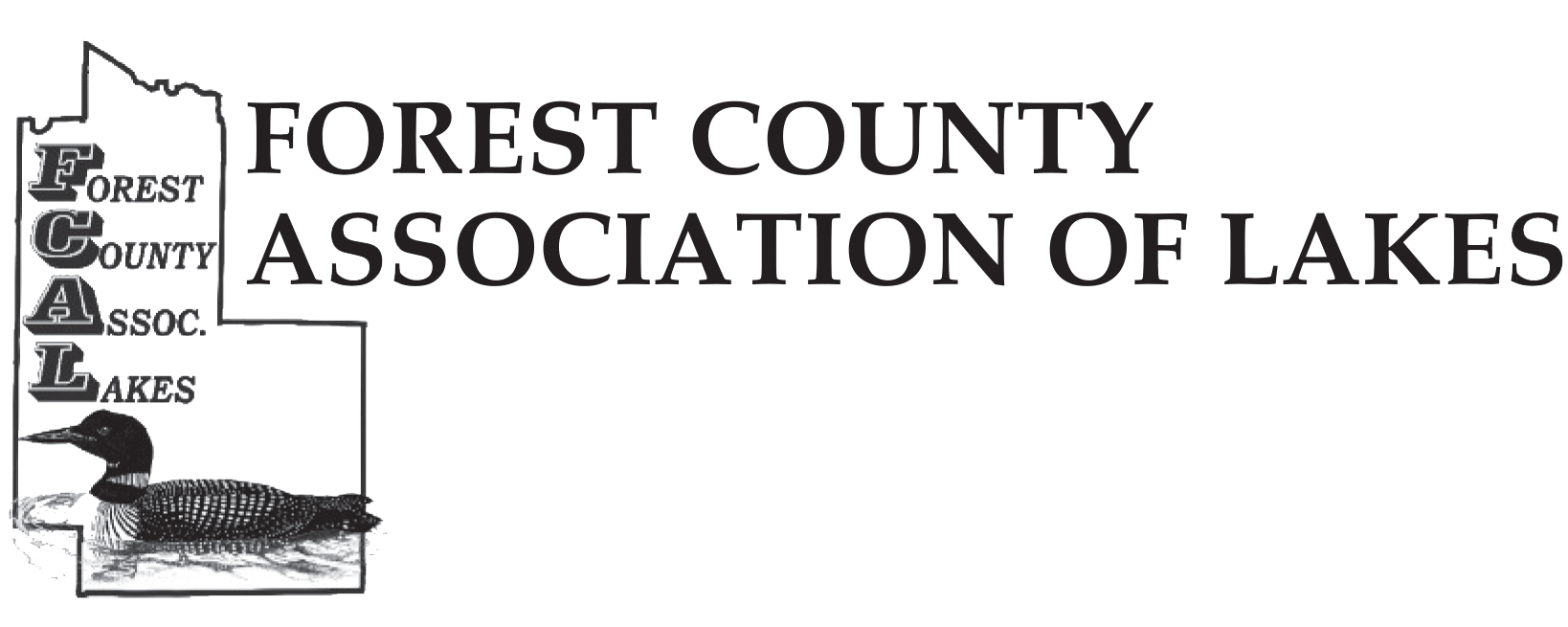The Trails are open! On Friday morning, Wirtzie, one of the 100-mile Snow Safari trail groomers, reports that trails are beautiful (for now). Langlade County trails are closing and we can probably expect the same after the rains in Forest County on Saturday. Roger Hilberg reports that Lake Lucerne isn’t safe and Lake Metonga was turning dark. A few hard water fishermen have ventured out, but we can expect ice conditions to deteriorate into the new year.
Earlier in December the trail opening was hindered by wet swamps that weren’t freezing up. Frozen ground is necessary to conduct forest management in much of northern Wisconsin to protect sensitive soils, cross wet areas, and haul on unpaved roads. Over the 20th century, frozen ground conditions declined across northern Wisconsin. As winter temperatures have increased, snow conditions have also become more variable. Some places have seen an increase in snowfall (such as lake-effect snow belts), while warm periods also lead to more melting between snowfalls. Snow acts as an insulator and protector for the soil during winter, so a change in snow levels has consequences for management and the duration and depth of frozen ground. Frozen ground duration is expected to shrink by another 1–2 months by the end of the century. The exception may be those areas that currently have deep snowpack, where snow reductions may expose soils to sufficiently cold temperatures and allow for a deeper frost.
This weekend we can expect rain and later some snow. Intense rainstorms are happening much more frequently in recent decades, and this trend is occurring across the entire Midwest and Northeastern US. Flooding and erosion from heavy rainfall has severe consequences for ecosystems, infrastructure, and local communities, and is likely to increase flooding frequency. These events can also disrupt and delay forest management operations. Longer growing seasons also mean that the timing of snowmelt, runoff, and peak streamflow will be earlier in the year. Peak flow amounts in winter and spring could more than double, depending on ground conditions, timing, and amount of rainfall.
More information regarding our changing climate in the Northwoods can be found at https://forestcountylandandwater.org/ and by accessing the Climate Change Field Guide for Northern Wisconsin Forests. If you have questions or concerns, contact us at the Forest County Land and Water Conservation office.
Conservation Corner is a weekly article produced by the Forest County Land &Water Conservation Department. For more information contact Steve Kircher, County Conservationist-Land Information/GIS Director at 715-478-1387 or by e-mail at .
